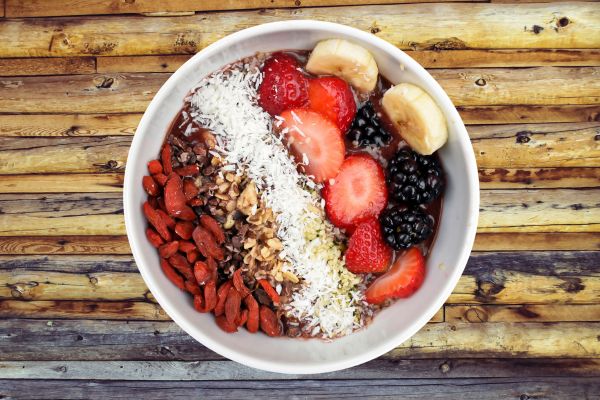
Combining Pilates with Nutrition: Diet Tips for Optimal Performance
GracefulDesign
Achieving the best results from your Pilates practice involves more than just dedication to the exercises; proper nutrition plays a crucial role in enhancing performance and aiding recovery. At Pilates Classes Online, we believe in a holistic approach that integrates effective Pilates routines with smart dietary choices. This blog offers essential diet tips to fuel your Pilates workouts and optimise your results, focusing on gluten-free and wholesome foods.
Why Nutrition Matters for Pilates
Nutrition supports your energy levels, muscle function, and recovery process, allowing you to perform Pilates exercises effectively. Eating the right foods at the right times can enhance your Pilates practice, improve stamina, and speed up muscle recovery.
Pre-Workout Nutrition
Fueling your body before a Pilates session provides the energy needed for optimal performance. Choose light, easily digestible foods 1-2 hours before your workout.
Best Foods to Eat Before Pilates:
1. Fruit Smoothies
• Benefits: Provide quick-digesting carbohydrates and hydration.
• How to Enjoy: Blend fruits like berries, bananas, and mango with almond milk or coconut water.
2. Greek Yoghurt with Honey
• Benefits: Offers protein for muscle support and natural sugars for energy.
• How to Enjoy: Add a drizzle of honey to plain Greek yoghurt for a balanced snack.
3. Apple Slices with Almond Butter
• Benefits: Combines natural sugars from fruit with healthy fats for sustained energy.
• How to Enjoy: Slice an apple and spread almond butter on each piece.
Post-Workout Nutrition
After your Pilates session, focus on replenishing energy stores and supporting muscle recovery with a balanced meal or snack within an hour of finishing.
Best Foods to Eat After Pilates:
1. Protein Smoothie
• Benefits: Quick and easy source of protein for muscle repair and carbohydrates for replenishment.
• How to Enjoy: Blend protein powder with fruits, spinach, and unsweetened almond milk.
2. Quinoa and Vegetable Bowl
• Benefits: Offers complete protein and a variety of nutrients.
• How to Enjoy: Mix cooked quinoa with roasted vegetables, avocado, and a sprinkle of seeds.
3. Hummus and Veggie Sticks
• Benefits: Provides a mix of protein and fibre to aid recovery and keep you satisfied.
• How to Enjoy: Dip sliced carrots, capsicums, and cucumbers into hummus.
Hydration
Staying hydrated is crucial for maintaining energy levels and overall health during Pilates. Proper hydration supports muscle function and helps prevent fatigue.
Hydration Tips:
• Drink Water Regularly: Aim to drink water before, during, and after your Pilates session.
• Include Electrolytes: Add a pinch of sea salt or an electrolyte supplement to your water if you’re sweating heavily or engaging in long sessions.
Balanced Diet for Optimal Pilates Performance
A balanced diet rich in a variety of whole foods supports sustained energy, muscle function, and overall well-being. Focus on incorporating nutrient-dense options:
• Lean Proteins: Chicken, fish, legumes, eggs, and tofu.
• Healthy Fats: Avocados, nuts, seeds, and olive oil.
• Fruits and Vegetables: A rainbow of options to provide essential vitamins, minerals, and fibre.
Combining Pilates with Nutrition effectively maximises the benefits of your workouts, helping you to enhance performance and support overall health. By following these dietary tips, you can fuel your body for better Pilates practice, achieve your fitness goals, and maintain a balanced lifestyle. At Pilates Classes Online, we’re committed to providing you with the resources and support needed for a holistic approach to fitness and nutrition.